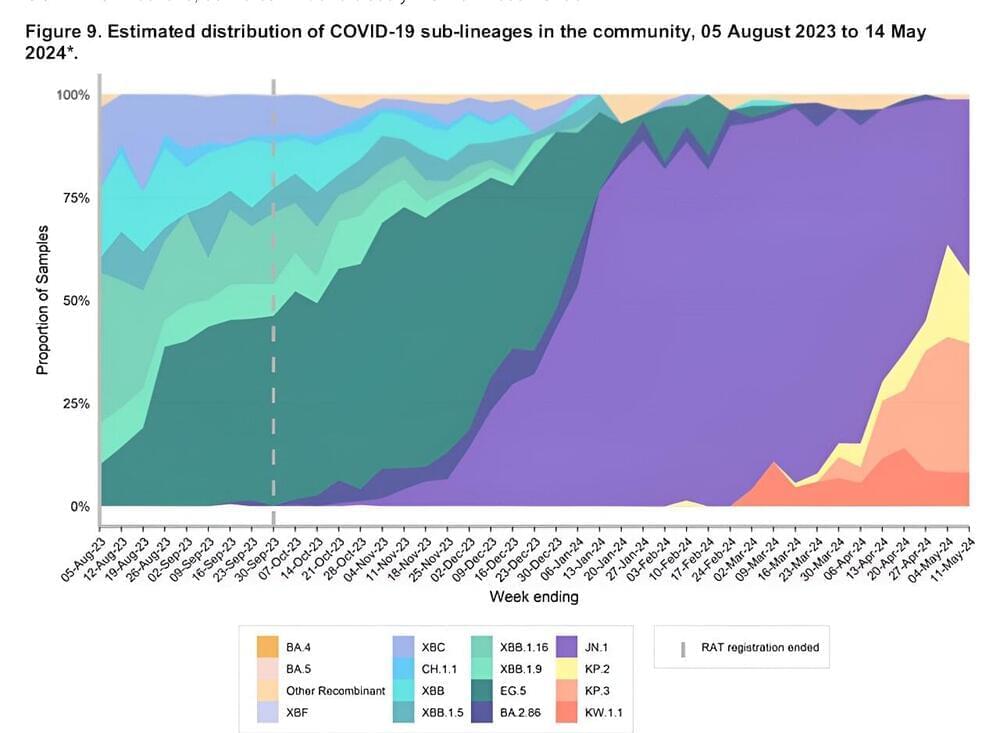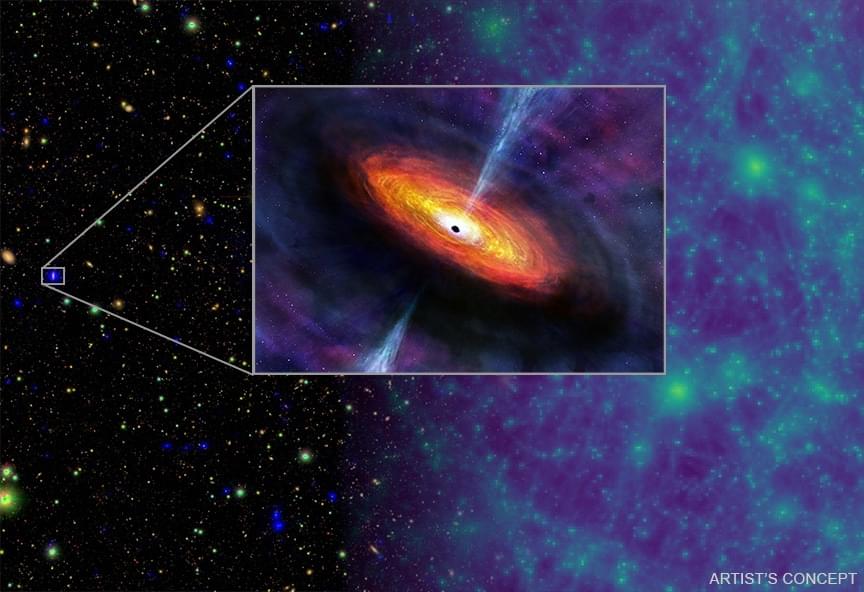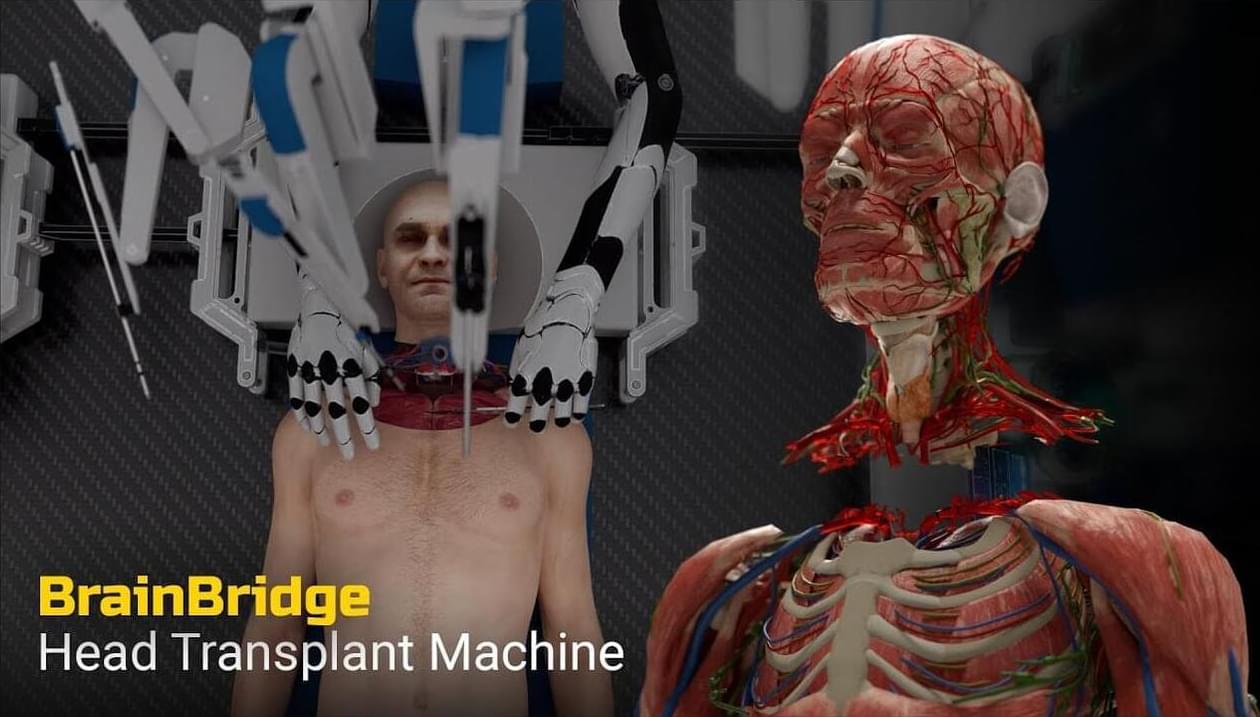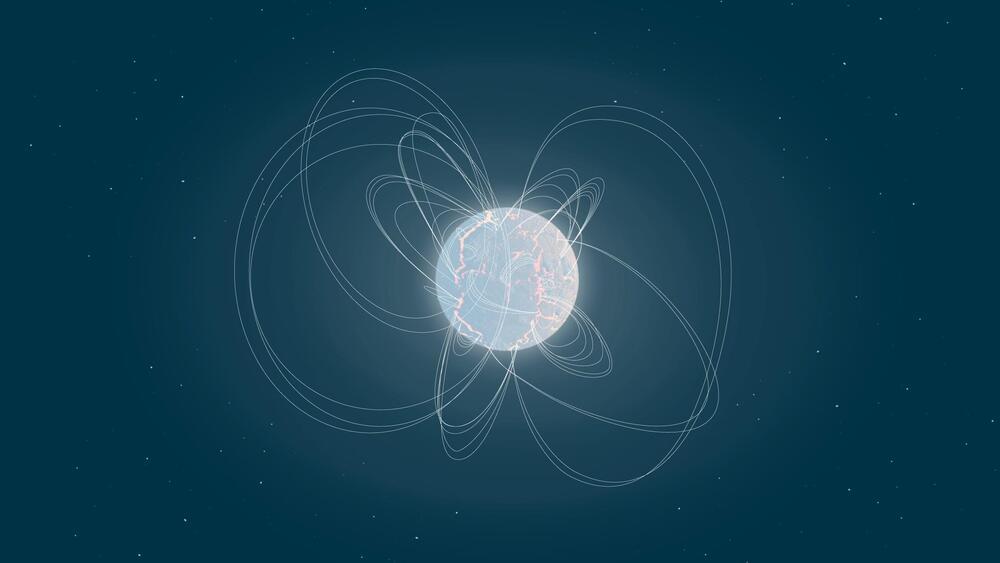Jun 17, 2024
As COVID Cases Rise again, what do I need to know about the New FLiRT Variants?
Posted by Natalie Chan in category: biotech/medical
We’ve now been living with COVID for well over four years. Although there’s still much to learn about SARS-CoV-2 (the virus that causes COVID) at least one thing seems clear: it’s here to stay.
From the original Wuhan variant, to delta, to omicron, and several others in between, the virus has continued to evolve.
New variants have driven repeated waves of infection and challenged doctors and scientists seeking to understand this changing virus’ behavior.


















